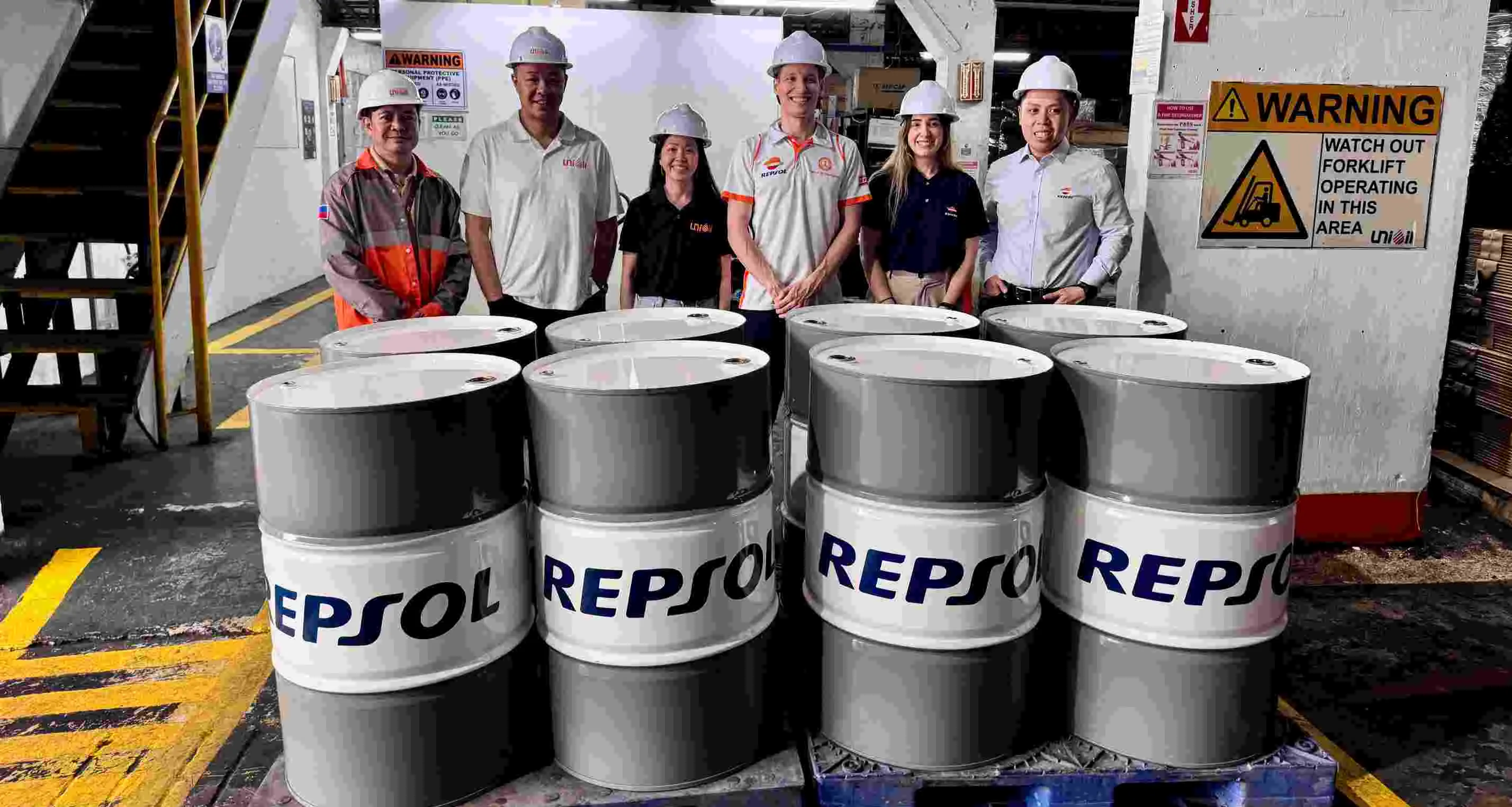How to know whether your lubricant meets the JASO standard

What is the JASO standard?
When you want to purchase a motorcycle lubricant, as well as the viscosity grade and its nature (synthetic vs mineral), you should look at the quality of the product. Most motorcycles with clutches refer to the JASO quality.
This standard was designed by the Japanese Automotive Standards Organization because of the problem of wet clutches (oil-bath clutches) with the arrival on the market of lubricants formulated with additives to reduce friction and save fuel. On motorcycles, for reasons of space and weight, the same oil is used to lubricate the engine, clutch, and gearbox.
The JASO standard ensures and guarantees that a lubricant that has this approval prevents the clutch from unwanted slipping, causing a loss of power in the transmission.
What the JASO standard applies to
The standard applies to 4-stroke (4T) and 2-stroke (2T) motorcycles, each of which has different specifications and classifications depending on the type of engine.
JASO classifications for 4T motorcycles
Motorcycles with this classification are equipped with various components within a compact space: engine, clutch, and gearbox. The lubrication requirements are therefore very demanding. There are two classifications for four-stroke motorcycle lubricants:
- JASO MA: lubricants for motorcycles that need a desired friction performance to prevent the wet clutch from slipping. This configuration is used in more than 90 % of cases.
- JASO MB: for scooters in which the friction performance is not absolutely necessary but provides the benefits of fuel economy.
For a lubricant to have the JASO MA or MB specification, the following aspects must be considered:
- Static friction index (SFI): measures the amount of traction force that must be applied to the clutch when it is completely engaged before it slips.
- Dynamic friction index (DFI): determines how the energy is transferred while it is moving, i.e., how the clutch feels when it is spinning or engaged.
- Stopping time index (STI): indicates how much time the clutch takes to activate on releasing the lever.
A JASO MA lubricant can replace a JASO MB lubricant but not vice versa. MB lubricants are not designed to lubricate the clutch, so that if a mistake is made, they can produce a chain of problems, such as the clutch slipping, excessive friction, the system heating up, and ensuing degradation. If the wrong lubricant is used, the first symptoms are unusual noises and vibrations in the motorcycle while riding it.
JASO classifications for 2T motorcycles:
This new standard was named JASO M345. It determined the minimum levels of lubrication and detergency for lubricants, and the maximum limits for smoke and deposits.
Within this standard, a series of classifications by quality level (from lower to higher) were established: JASO FA, JASO FB, and JASO FC, until finally, today, the quality standards have increased and another classification added: JASO FD, the highest quality.
How to know whether they have approval
Among the competition, one frequently finds that the labels on many products show that they meet JASO, but do they really have approval?
The way to check which products meet the JASO standard is whether the label has the JASO seal and a code. The list of products that have approval is updated monthly, and currently Repsol has products available for 4T motorcycles and 2T motorcycles.
You can check the list provided by the Japanese Automotive Standards Organisation (JASO) to check whether Repsol products, developed with the assistance of our Techlab research center, have the best additives, guarantee optimum performance, and have the qualities shown on the label.
Related contents



